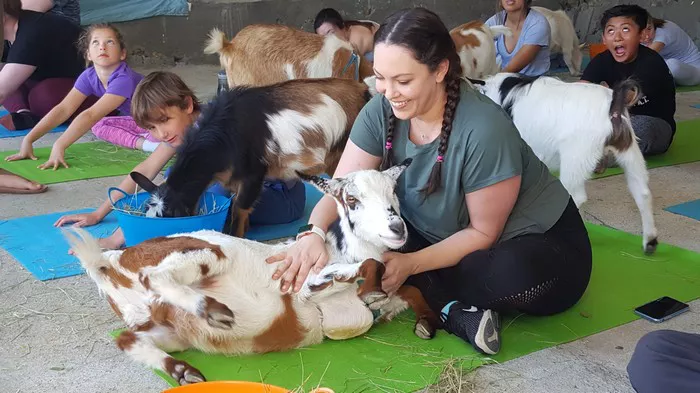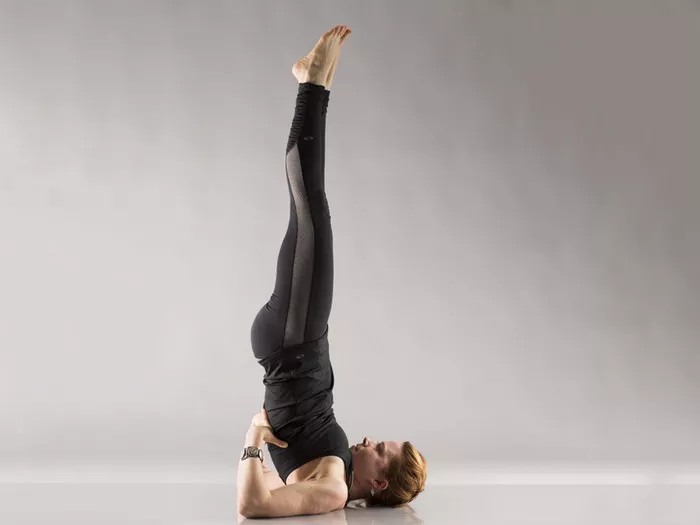Goat yoga, the fusion of traditional yoga practices with the playful presence of goats, has gained immense popularity in recent years. Originating in Oregon in 2016, this unique form of yoga offers practitioners not only the physical benefits of yoga but also the therapeutic effects of interacting with animals. Central to the success of any goat yoga session is the temperament and training of the goats involved. In this comprehensive guide, we delve into the intricacies of training goats for goat yoga, offering insights and techniques to ensure a harmonious and enjoyable experience for both humans and goats alike.
Understanding Goat Behavior
Before embarking on the training journey, it is essential to understand the natural behavior of goats. Goats are inherently curious and social animals, possessing a keen sense of agility and balance. They thrive in environments where they can explore and interact with their surroundings. Moreover, goats are highly trainable creatures, capable of learning a wide range of behaviors through positive reinforcement.
Selecting Suitable Goats
Not all goats are well-suited for goat yoga. When selecting goats for yoga sessions, it is crucial to choose individuals with calm and friendly temperaments. Goats that exhibit signs of aggression or excessive nervousness may not be suitable for the serene atmosphere of a yoga class. Additionally, goats should be in good health and free from any infectious diseases.
Building Trust and Bonding
Establishing trust and bonding with the goats is the foundation of successful goat yoga training. Spend time getting to know each goat individually, offering treats and gentle interactions to foster a sense of trust and familiarity. Regular handling and positive reinforcement will help build a strong bond between the goats and their human counterparts.
Introducing Basic Commands
Training goats for yoga involves teaching them a series of basic commands that facilitate their participation in the yoga session. Start with simple commands such as “come,” “stay,” and “heel,” using treats and praise to reinforce desired behaviors. Consistency is key during this stage, as goats learn through repetition and reinforcement.
Acclimating to Yoga Props
Introducing goats to yoga props such as mats, blocks, and straps is an essential aspect of their training. Start by allowing the goats to explore the props at their own pace, rewarding calm and curious behavior. Gradually incorporate the props into training sessions, using positive reinforcement to encourage goats to interact with them willingly.
Practicing Yoga Poses
Once goats are comfortable with basic commands and yoga props, it is time to introduce them to yoga poses. Begin with simple poses such as downward dog and child’s pose, gently guiding the goats into position using treats and gentle encouragement. Be patient and supportive, allowing goats to progress at their own pace.
Maintaining Control During Sessions
During goat yoga sessions, it is essential to maintain control over the goats to ensure the safety and comfort of participants. Designate a handler to oversee the goats and intervene if necessary to prevent disruptive behavior. Use positive reinforcement to redirect goats’ attention and encourage them to stay engaged in the yoga session.
Monitoring Goat Welfare
The welfare of the goats should always be a top priority during goat yoga sessions. Ensure that goats have access to fresh water and shade to prevent dehydration and overheating. Monitor their behavior closely for signs of stress or discomfort, and be prepared to end the session if necessary to ensure the well-being of the goats.
Conclusion
Training goats for goat yoga is a rewarding and enriching experience that requires patience, dedication, and a deep understanding of goat behavior. By building trust, introducing basic commands, and acclimating goats to yoga props, practitioners can create a harmonious environment where goats and humans can reap the benefits of yoga together. With careful planning and attention to detail, goat yoga sessions can become a source of joy, relaxation, and connection for all involved.
FAQs:
What kind of goats are used for goat yoga?
Goats with calm and friendly temperaments are typically used for goat yoga. These goats should be social, curious, and comfortable interacting with humans.
How to prepare for goat yoga?
To prepare for goat yoga, participants should wear comfortable, stretchy clothing suitable for yoga practice. It’s also advisable to bring a yoga mat and any other props desired for the session. Participants should be prepared for a unique and interactive yoga experience, where goats may roam freely and interact with them during poses.
How many goats should a beginner start with?
Beginners should start with a small number of goats, typically no more than 3 to 4, to allow for easier management and supervision during the session. Starting with a smaller group also allows beginners to become familiar with handling and interacting with goats before incorporating more animals into the practice.

















